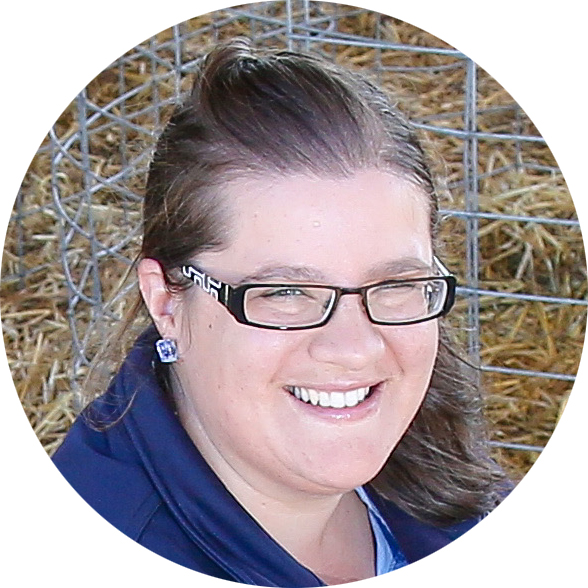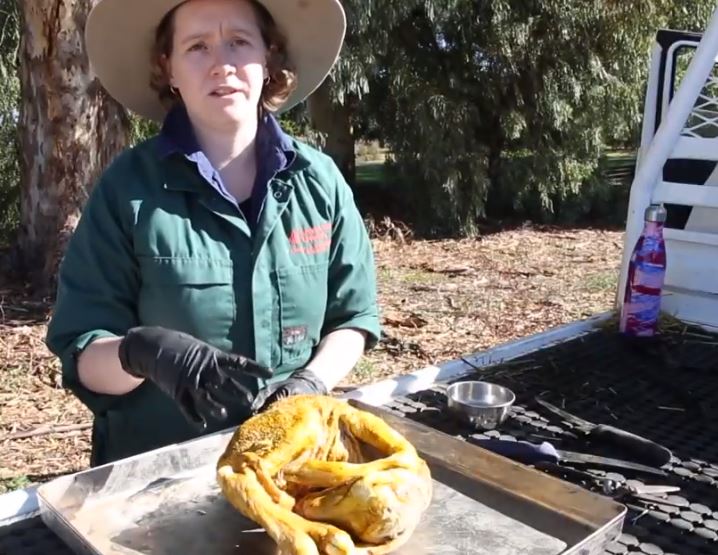Why am I losing lambs? How post-mortems can help
 PRODUCTION ADVICE - MAY 2020 - ANIMAL HEALTH
PRODUCTION ADVICE - MAY 2020 - ANIMAL HEALTH
By Linda Searle
District Veterinarian
P: 03 5881 9919 | M: 0427 629 740 | E: linda.searle@lls.nsw.gov.au
Lamb abortion vs infant lamb loss: Using post-mortems to determine the timing of lamb loss
How do you know the difference between a ewe abortion outbreak and the death of infant lambs? The timing of the lamb loss can be important to help figure out the cause. Some really important information can be gained quickly with minimal equipment.
Survival is linked with birth weight of the lambs, which is closely related to ewe body condition. Lambs that are too big are likely to have difficulty being born. Small lambs are often weak, lose heat quickly and are prone to exposure.

- Merino 4-5.5kg (single average 4.9, twin average 3.7)
- Cross-breds 4.5-6.5 kg.
Lamb deaths can be divided into three time periods:
- Abortion – before birth
- Dystocia – during birth
- Peri-natal - shortly after birth.
Abortion
Aborted lambs die before they reach full term. They are usually under sized, may not be fully developed, and may be born already rotten. They may have the yellowy/green discolouration of meconium on them. Meconium is often released when there is foetal distress.
Dystocia
Lambs that have died during birth may have bruising or swelling around the head or neck. As they have never walked, they have no signs of wear on their hooves. You can often still see the ‘snowshoes’, a soft protective cap that covers the hooves of unborn lambs to protect the inside of the ewe from damage. Lungs are usually dense and sink when a piece is put in water as it has never been filled with air. However, it is possible to have partial inflation if they have got a few breaths in on the way out.
Peri-natal
Lambs that die just after birth (within the first week) will have signs of walking on their hooves. Their lungs are full of air, so a piece will float in a bucket of water. If the lamb has fed there should be a milk clot found in the stomach. Lambs are born with brown fat which they burn to keep warm. Low reserves of brown fat indicate that the store has been exhausted. Without food or fat reserves to burn to keep warm lambs will often die from a combination of starvation/exposure/mismothering.
Zoonotic disease risk
Many of the causes of lamb abortions in Australia are zoonotic, which means they have the potential to cause disease in humans. Pregnant women are at particular risk so are advised not to carry out lamb post-mortems. Before being involved in any abortion investigation, it is recommended that livestock producers are vaccinated against Q fever. Maintaining good hygiene is also important - COVID isn’t the only reason to wash your hands!
A step-by-step guide to autopsying lambs can be found here, or you can watch a video of Hay District Vet Courtney Simkin going through the process here
Further information on increasing lamb survival can be found in the Making More From Sheep program.